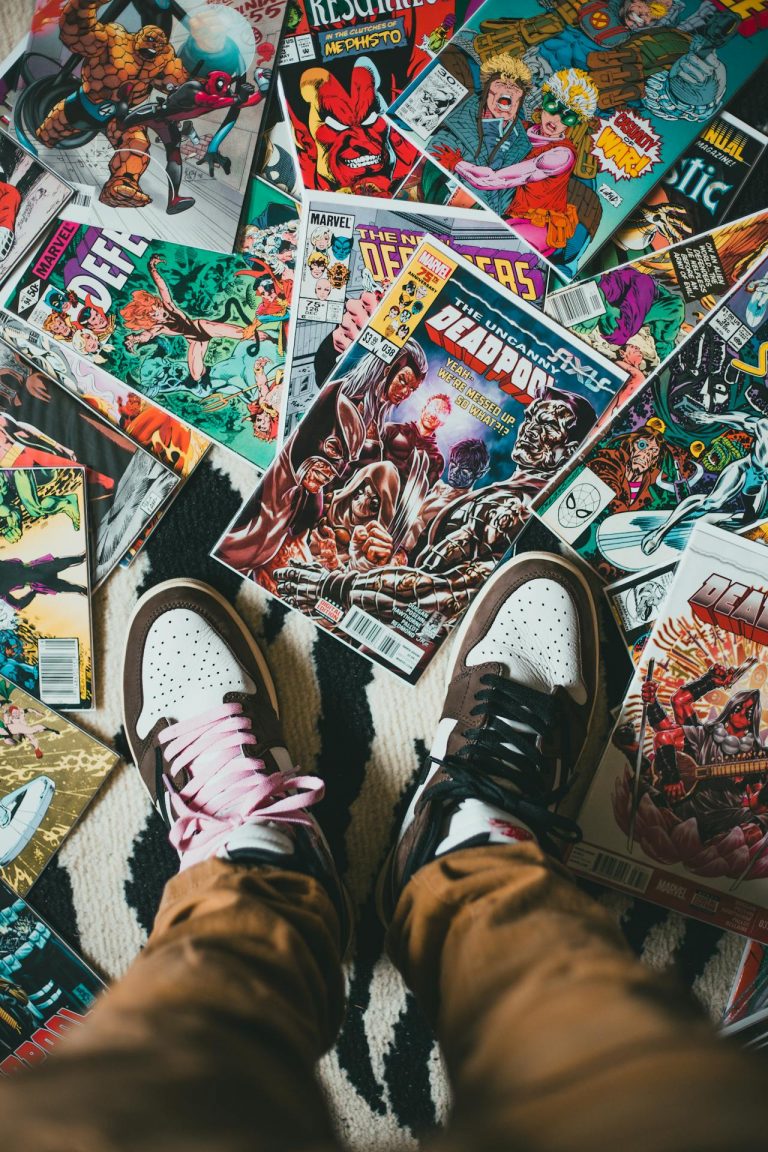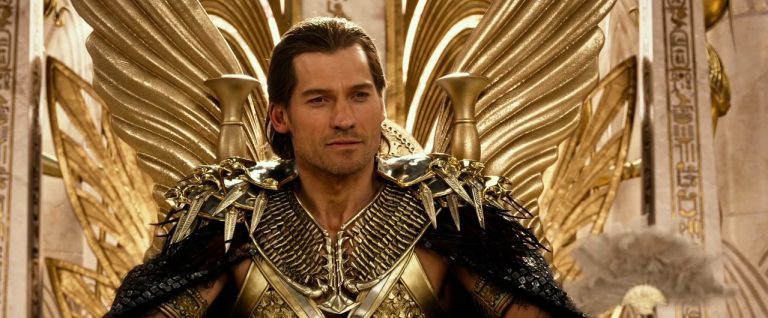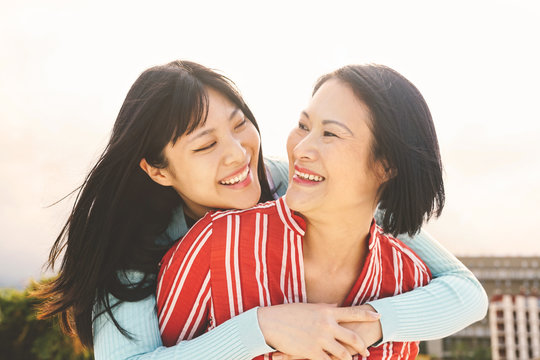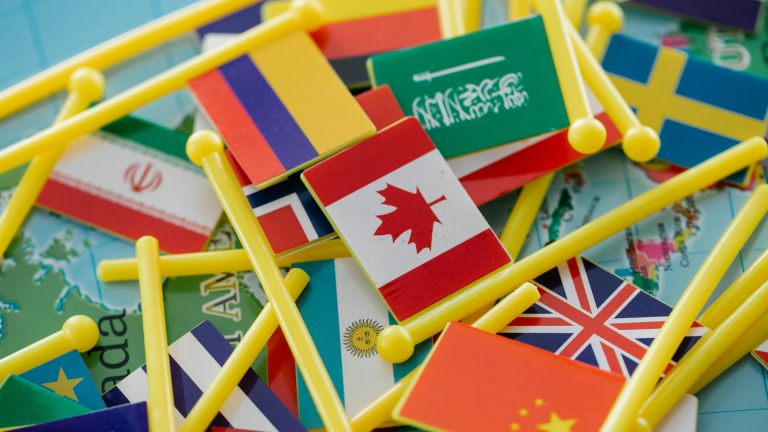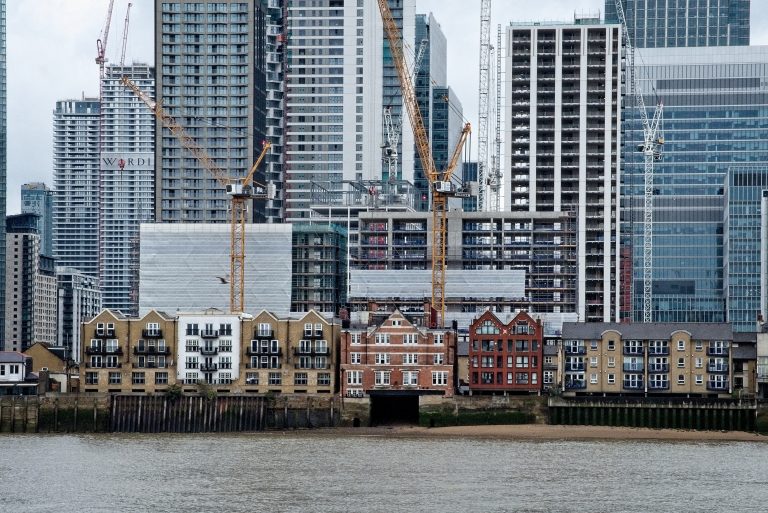The Model Minority Myth and Its Effect on Queer Asian Youth
The first images that pop up on Google when the term ‘gay man’ is searched primarily portray the stereotypical muscular white man who dresses well and acts flamboyantly to set himself apart. However, people of color in the LGBTQ+ community often do not meet people who look like them or share the same cultural experiences.
What Is the Model Minority Myth and Why Is It Important?
The model minority myth encompasses a whole array of issues that alter the perceptions and assumptions of Asian-Americans.
An article by Sarah-Soonling Blackburn notes that the myth portrays people of the Asian-American diaspora as generally intelligent and successful; however, that is harmful because it presents Asian-Americans as a monolithic entity.
The model minority myth erases the personal struggles of Asian-Americans and places all of its individuals on a pedestal. Asian Americans become a prime example of how other people of color should behave and prove that success is possible for non-white individuals. The downplaying of the racial inequities other communities face based on race creates a racial hierarchy created by a white hegemonic body that separates communities of color.
How Does the Model Minority Myth Affect the LGBT AAPI Community?
The difficulties that LGBTQIA Asian-Americans face add another layer of complexity that combines their struggles as both queer and Asian. A report by the Williams Institute of UCLA notes how only 29% of queer Asian Americans felt safe and secure as opposed to 42% of non-LGBT Asian-Americans. The report also notes that most AAPI LGBT adults are younger, with most under 35.
Although the stigma against the LGBT community is becoming less relevant as time passes, the shortage of foundational cultural figures within the LGBTQ+ Asian-American community can become detrimental to community building.
On the other hand, the work to find and uncover these figures can also be a form of beautiful community restoration. The result reminds Asian people of the tragic history of being used as a racialized weapon and the alluring accomplishment of being able to rise to the challenge of uncovering and resisting a narrative imposed upon us.
How Does the Perpetual Foreigner Status Come Into Play?
Even as the model minority, Asian-Americans are never given full status as American citizens. They can’t escape the age-old question of “where are you really from?”. The answer of San Francisco, Los Angeles, New York, or even Indiana is insufficient for white inquirers who expected China, Japan, or Vietnam.
Even more insulting is being provided a colonialist perspective of one’s home country (or the country of one’s parents) as a topic of conversation while not being given a chance to explain your love for your own culture.
Chase Melton from the Harvard Political Review notes that inclusive terms are frequently used to virtue-signal instead of contributing to systemic change. The rainbow capitalism and #STOP ASIAN HATE that has recently been circulating over the last few years, while helpful for spreading the message, can also be used by others to evade accountability.
Asian-Americans in the LGBTQ+ community experience displacement from their country of cultural origin and within a space seemingly supposed to be accepting. Themes of exclusion come into play with the famous motto “No Fats, Femmes, or Asians,” as well as fetishization with the assumption that Asian men are submissive.

How to Educate in a World During Covid?
LGBTQ+ Asian individuals are frequently included in white spaces but are still considered outsiders. On the other hand, the outlier status can sometimes prevent these individuals from establishing a sense of community with other people of color.
Stereotyping creates danger for marginalized communities and plays a vital role in how people conduct their lives. One of the best ways to destigmatize and deconstruct them is through listening to the different stories of a diverse set of individuals.
An example of a good resource that illustrates and humanizes queer Asian-Americans is the Dragon Fruit Museum which provides a queer history that is often not told. The nuance required to humanize LGBTQ+ individuals from any community ultimately starts with educating oneself. Likewise, the road to dismantling not only the model minority myth but also the racism and homophobia within American culture starts by humanizing individuals from various walks of life.

